
Observing California's Wildfires from the Space Station

The Ghostly Veil Nebula
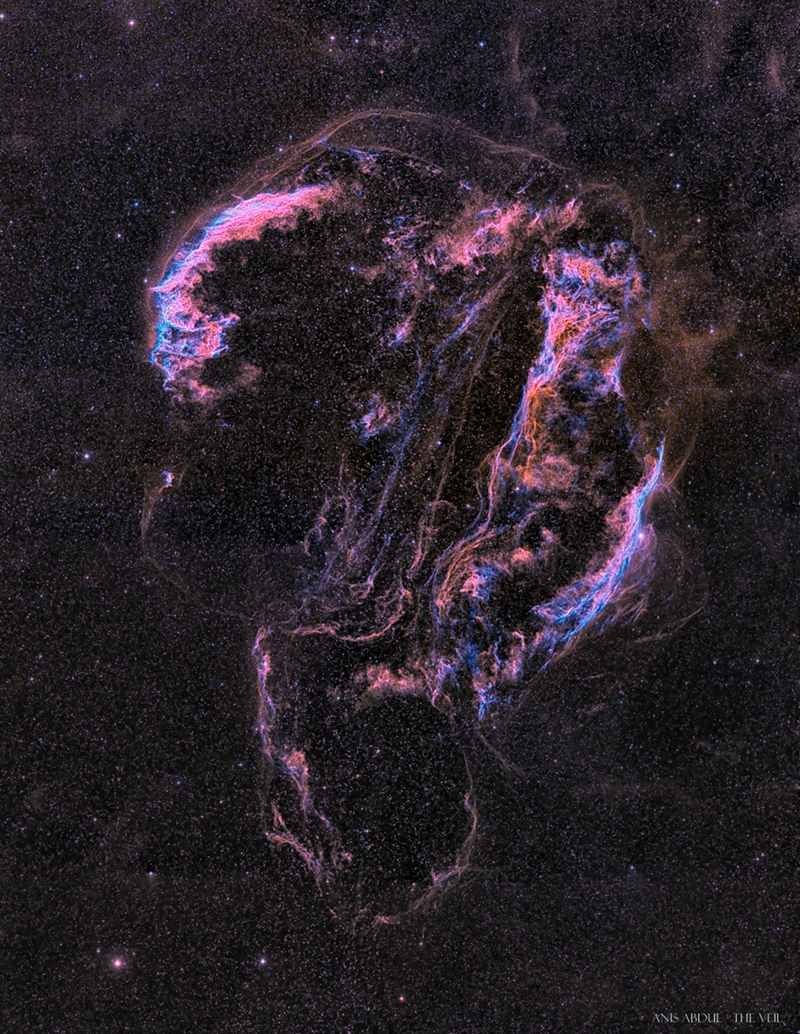
The Face of the Antares Rocket

M42: Inside the Orion Nebula
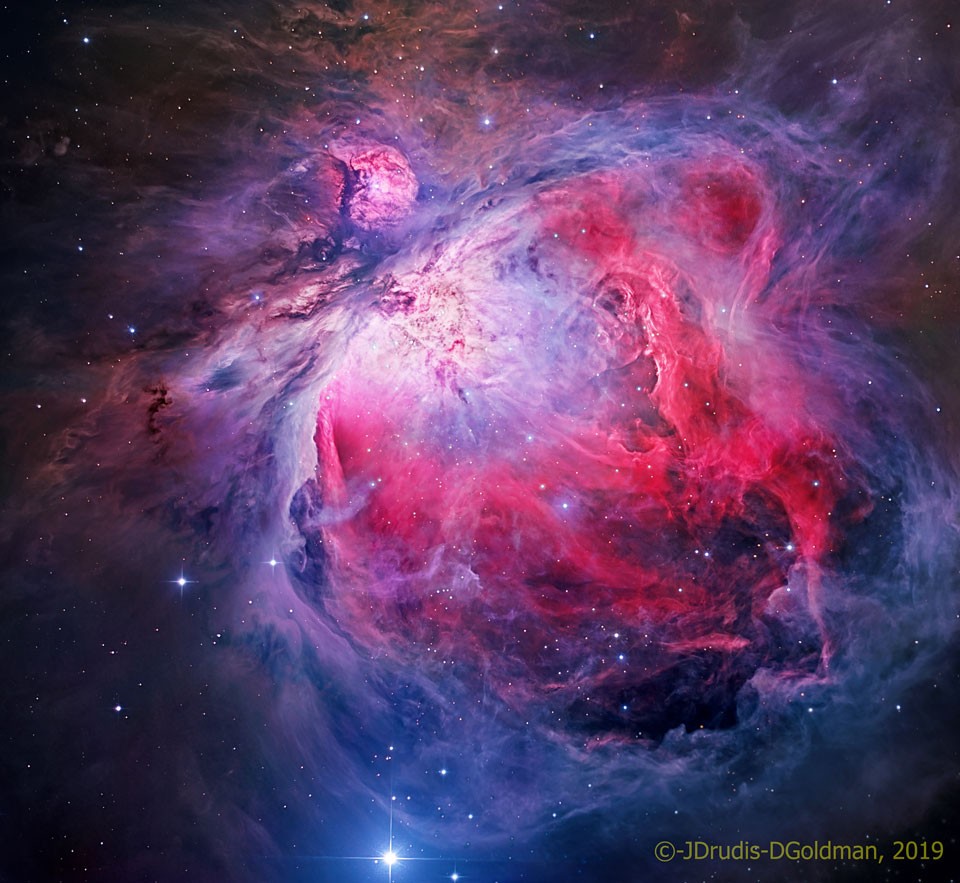
Jupiter's Cloud Tops: From High to Low

Curiosity Rover Finds a Clay Cache on Mars

A Trail of Night Lights from the International Space Station

The Space Station Crosses a Spotless Sun
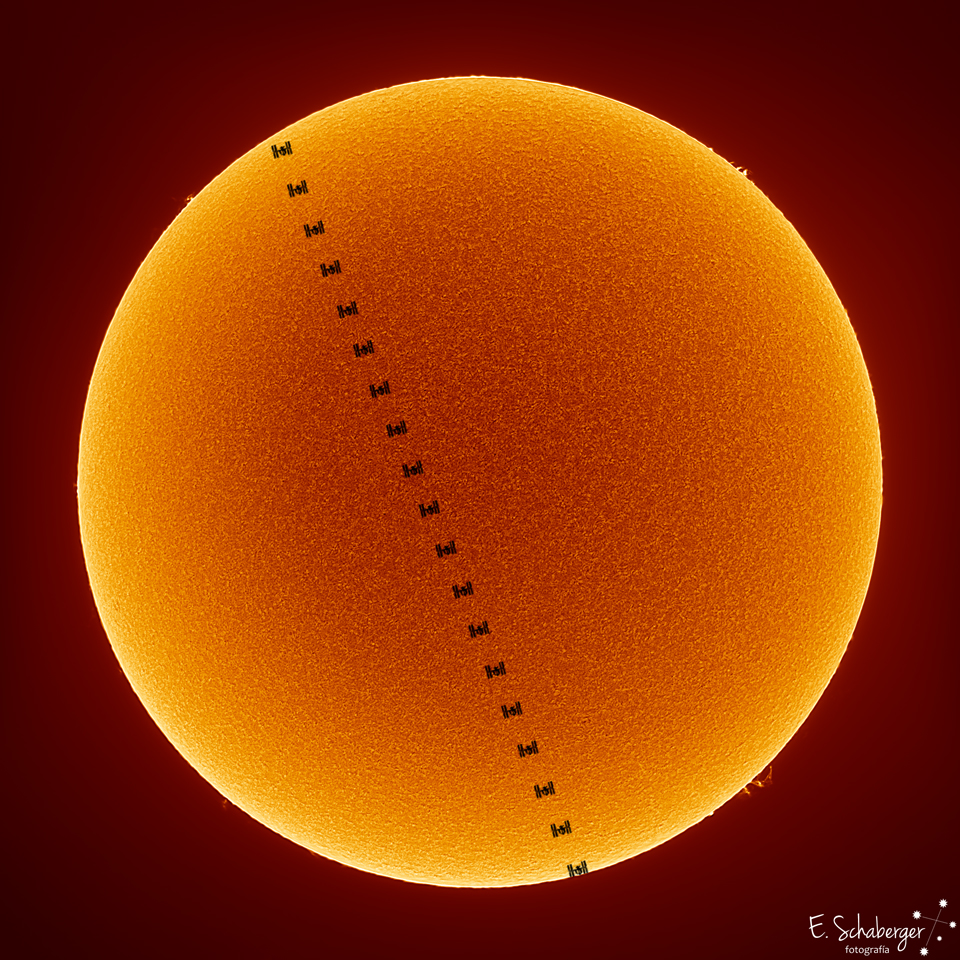
Ghost Aurora over Canada
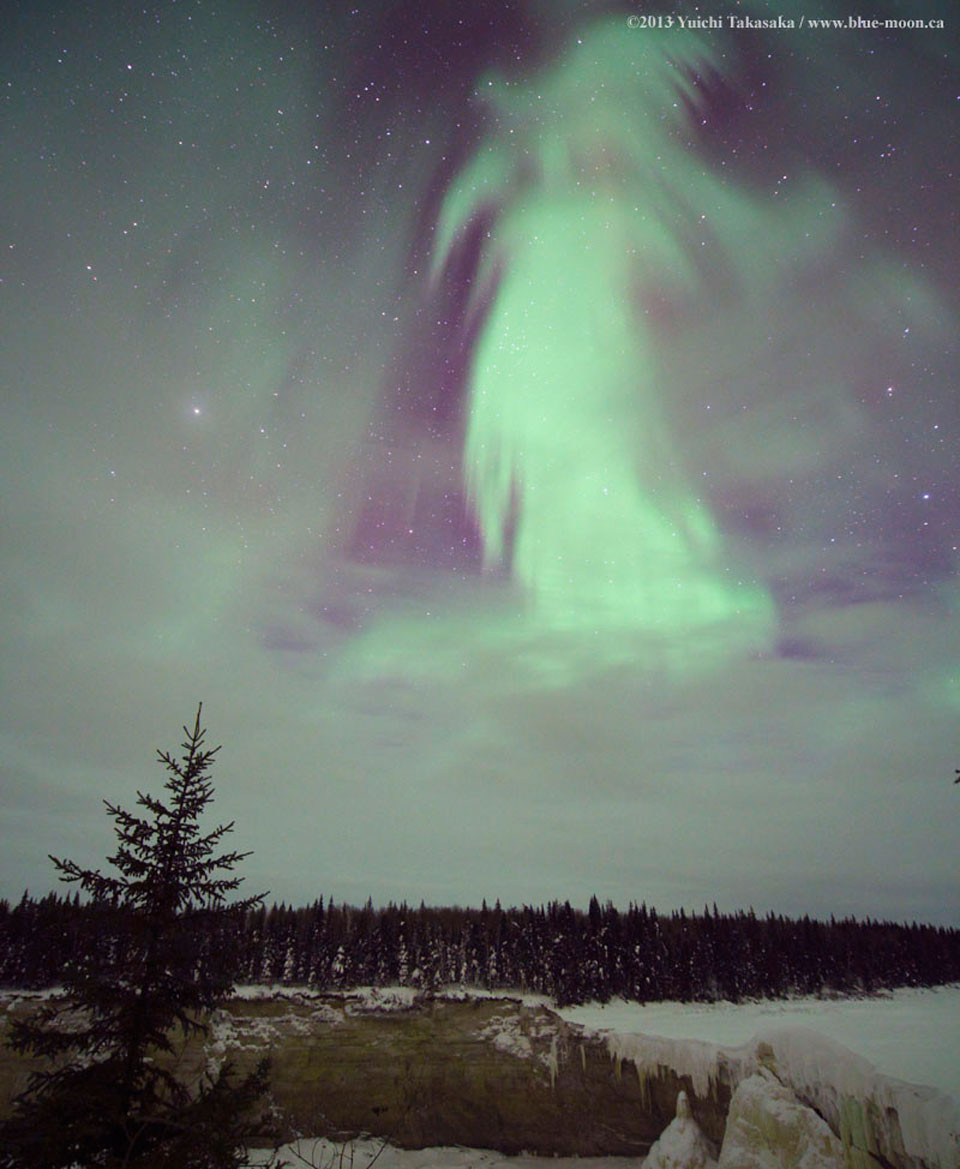
Gravity s Grin

A Mega-Cluster of Galaxies in the Making

The Ghosts of Cassiopeia

Hubble Finds Medusa in the Sky

NASA Attaches First of 4 RS-25 Engines to Artemis I Rocket Stage

Starry Night by Vincent van Gogh

NASA and the 70th International Astronautical Congress

Night Sky Reflections from the Worlds Largest Mirror
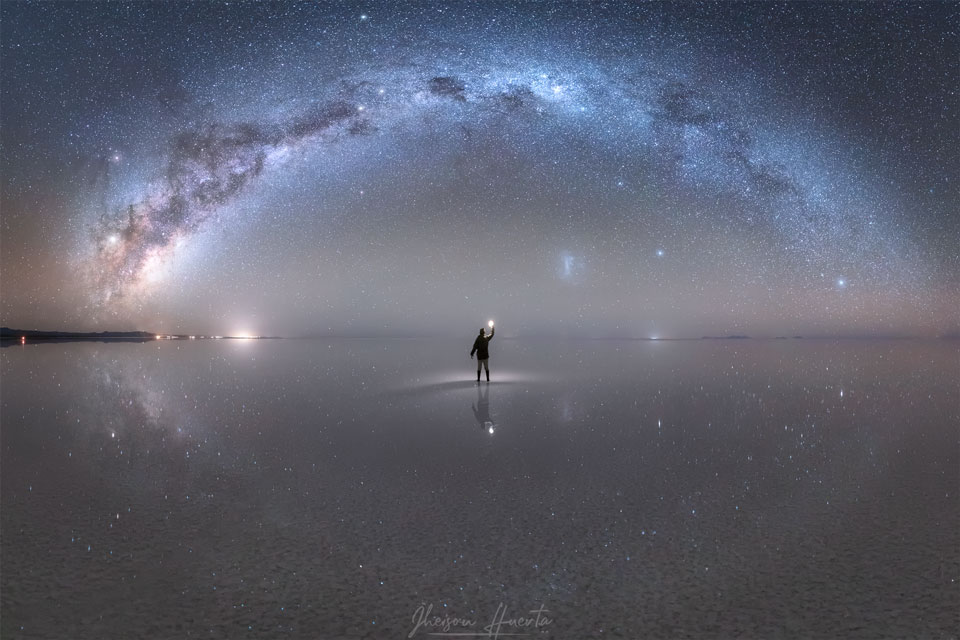
NASA Astronaut Christina Koch Conducts Repairs on the Space Station

A Mercury Transit Music Video from SDO

Pluto at Night

All Female Spacewalk Repairs Space Station

The Tycho Supernova: Death of a Star

Interstellar Interloper 2I Borisov

Moons of Saturn
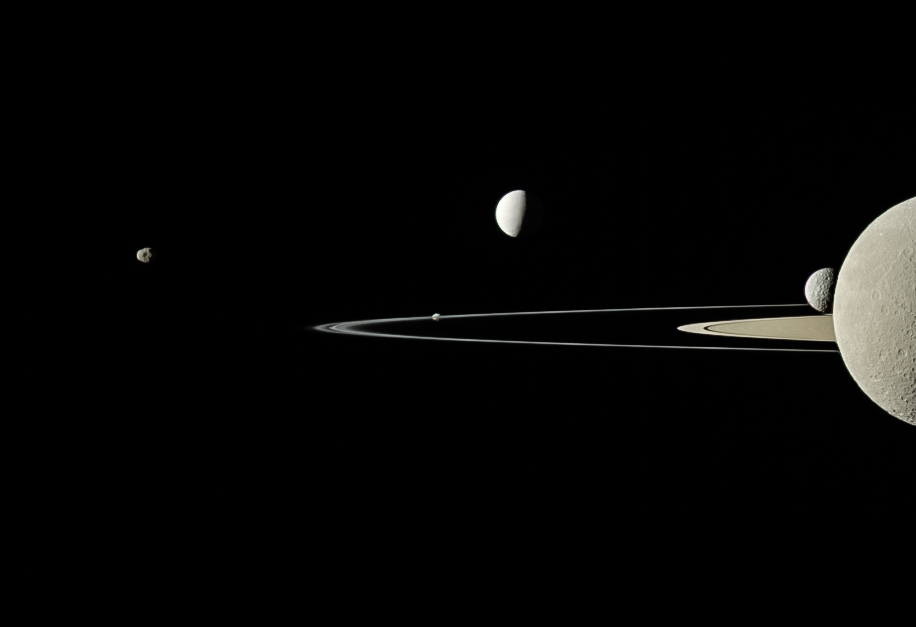
Astronaut Christina Koch Works in the Vacuum of Space

Artemis Generation Spacesuit Event

The Galaxy Above

Andromeda before Photoshop
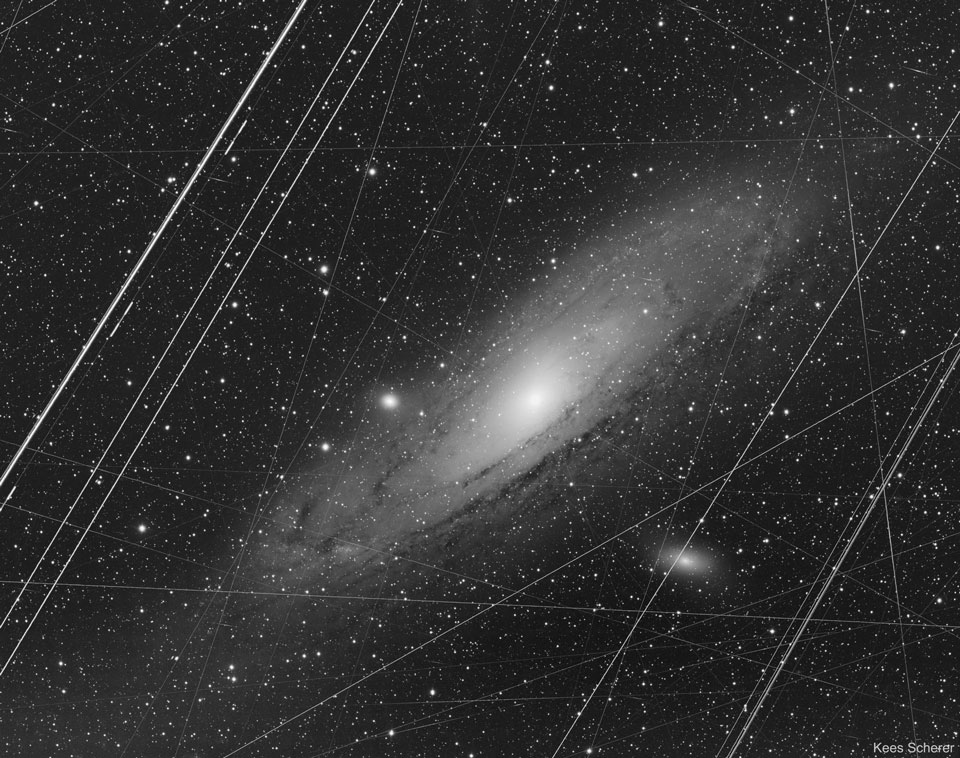
A Stellar Jewel Box: Open Cluster NGC 290

Interplanetary Earth
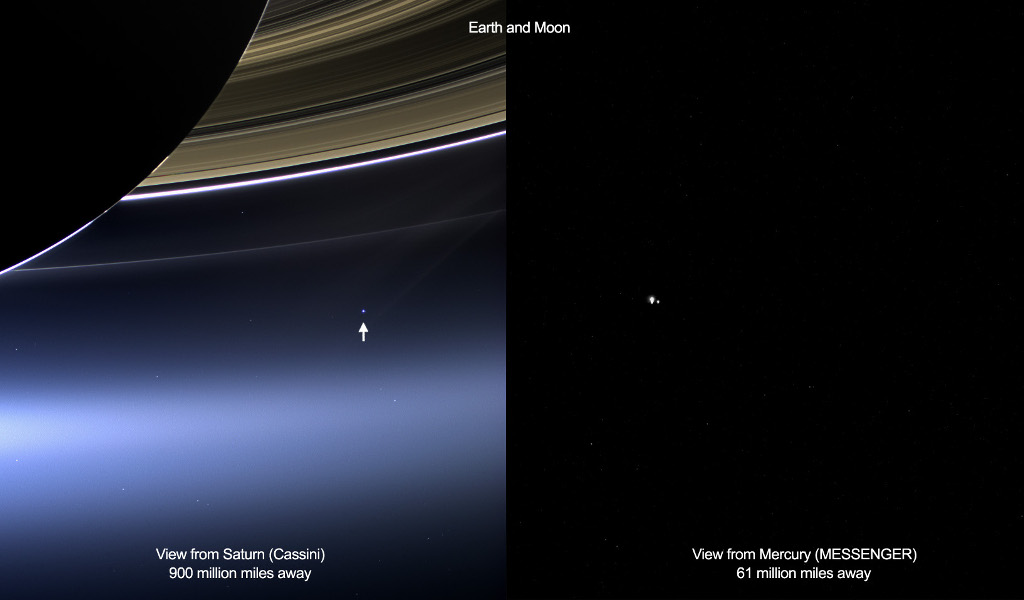
Serena Auñón-Chancellor Talks to Girls About Life on the Station

Serena Aunon-Chancellor Talks to Girls About Life on the Station

Planet Earth at Blue Hour
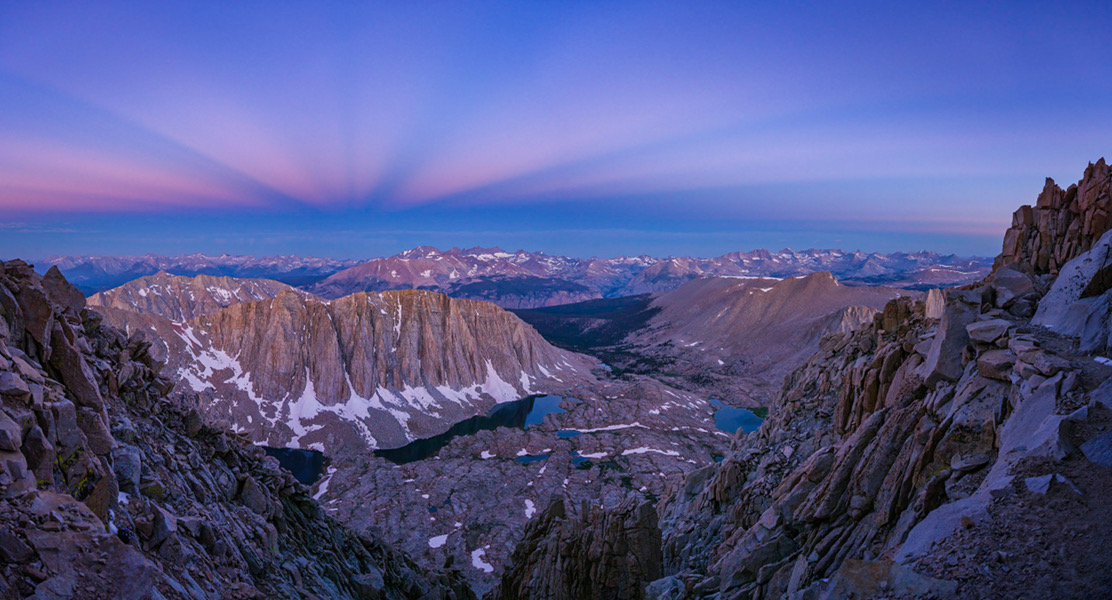
NASA’s X-59 QueSST Airplane Takes Shape at Lockheed Martin Skunk Works

NASA’s X-59 QueSST Airplane Takes Shape at Lockheed Skunkworks

Mid Air Meteor and Milky Way
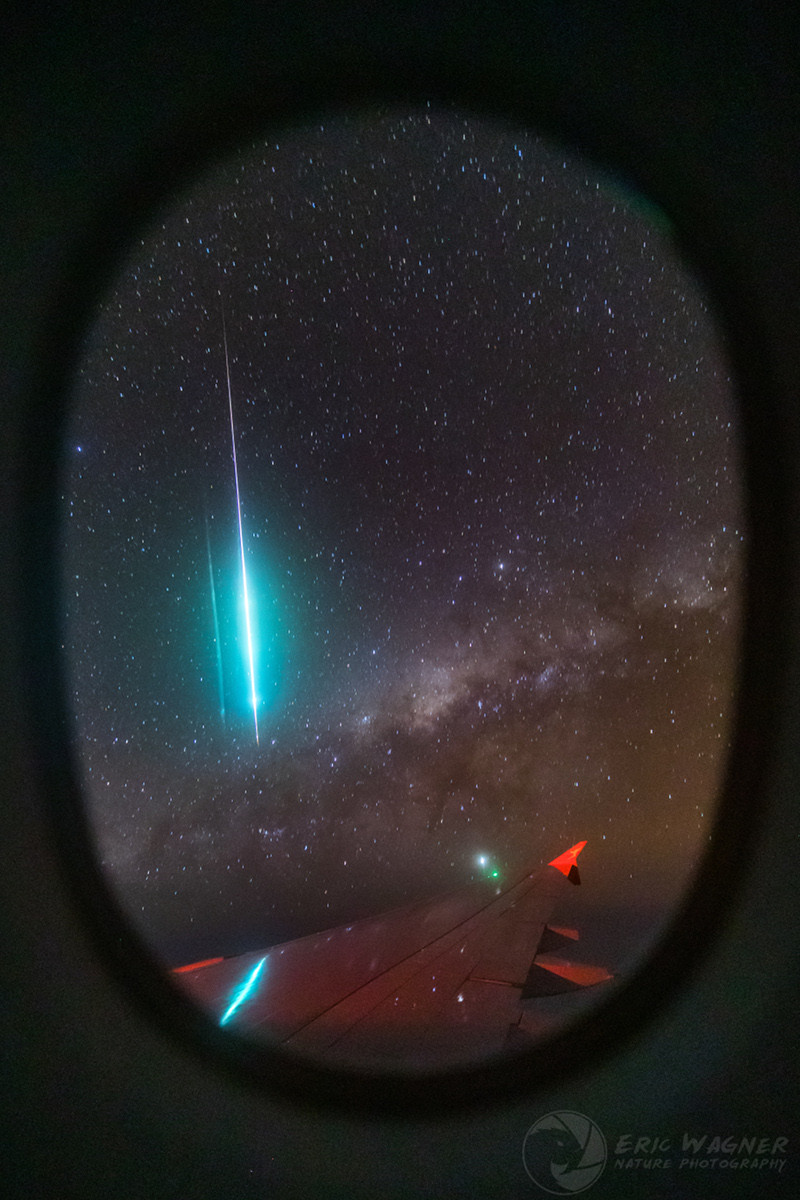
Revealing the Milky Way’s Center

NGC 7714: Starburst after Galaxy Collision
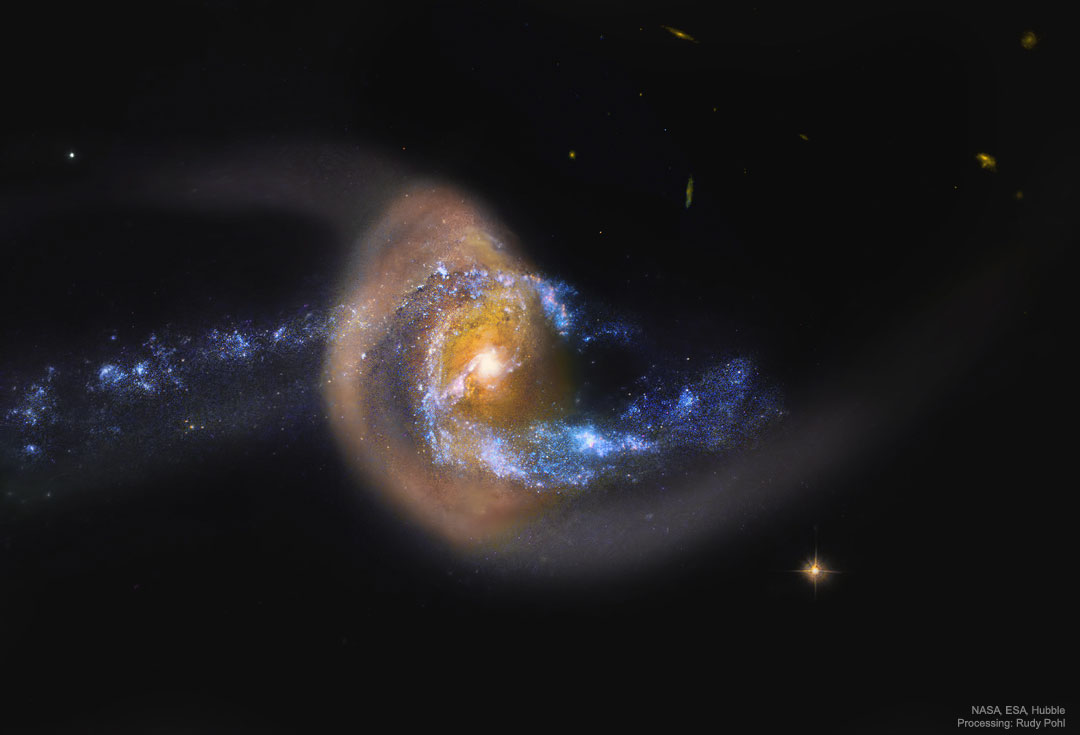
Sprite Lightning in HD
Replacing the Space Station’s Solar Array Batteries

Io Eclipse Shadow on Jupiter from Juno
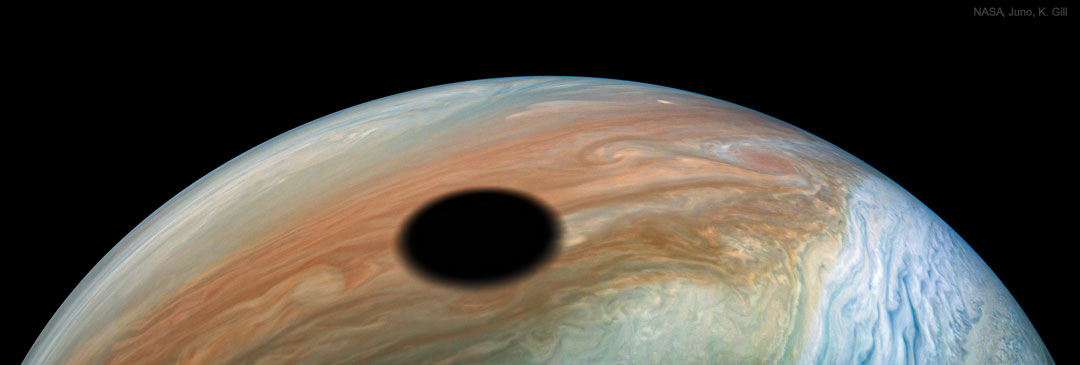
The Horsehead Nebula

Jupiter and the Moons

Stephen Hawking and Our Changing Ideas of the Universe

InSight on a Cloudy Day
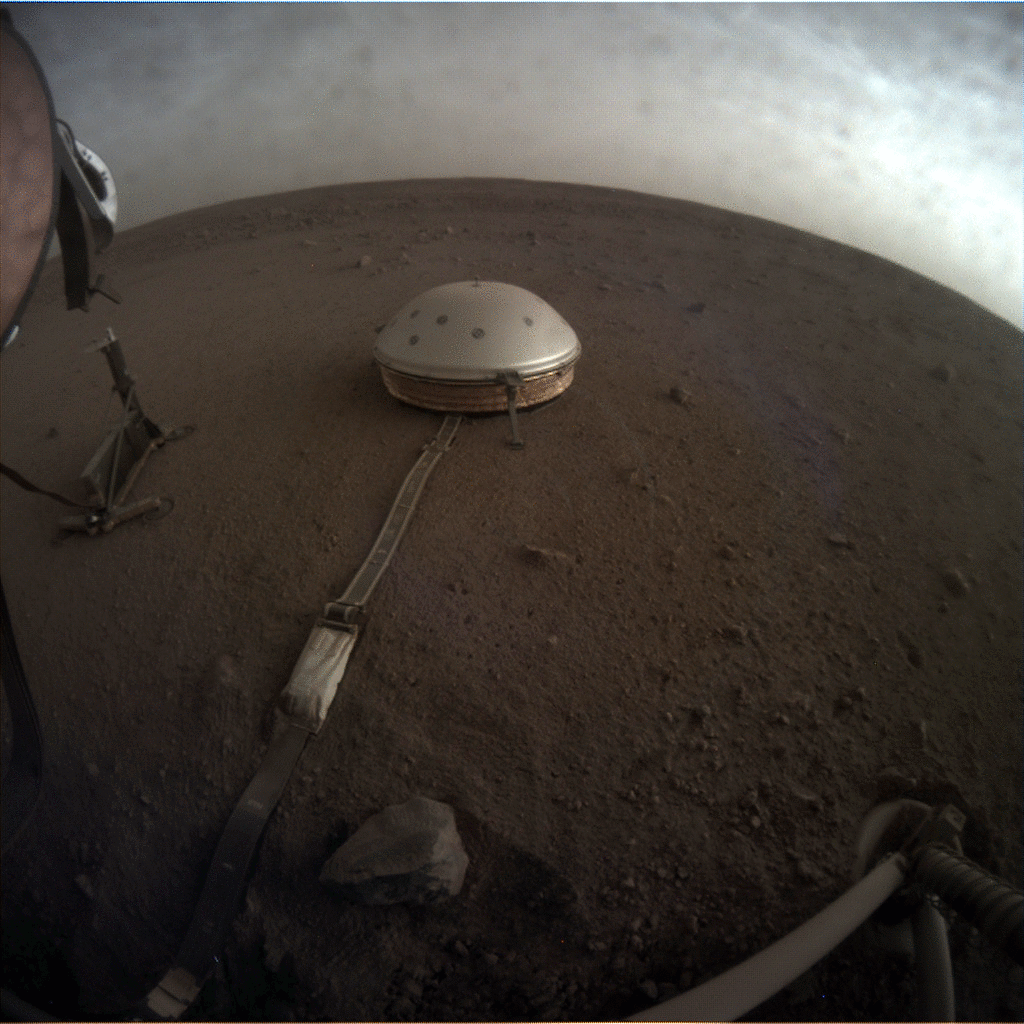
Dr. Sanjay Gupta’s Documentary Looks at Both the Promising and Controversial Sides of CBD
Dr. Sanjay Gupta, a neurosurgeon, is most recently known for his documentary series on the cannabis industry. On Sunday, he introduced the fifth in that series, Weed 5: The CBD Craze, on CNN by addressing how much the industry has evolved since his first documentary, WEED 1 aired in 2013.
In it, Gupta attends the World CBD Expo, visits the Stanley brothers of Charlotte’s Web in Colorado again, and re-tells the story of Charlotte Figi, “patient zero” of the CBD craze. He briefly looks at the countless CBD products available at the expo, from balms and lotions to bath bombs and pet products.
“It’s been more than six years since our first investigation into medical marijuana,” Gupta begins. “Since we first introduced you to an ingredient in the cannabis plant. Then, it was a word few could even pronounce: cannabidiol, or CBD. Now, it’s part of our daily dialogue, and it’s ignited a multibillion-dollar industry. That got us wondering: Has it gone too far?”
Gupta, CNN’s chief medical correspondent, then went on to explore the ubiquity of CBD. He cited statistics such as the fact that two in three Americans now know what CBD is, with one in seven using the cannabinoid. He explained the 2018 Farm Bill so viewers could have a better understanding of the complex legal side of CBD, before turning to the fiscal side of things: CBD was a $591 million market in 2018, Gupta says, a number that is projected to reach $22 billion by 2022.
What exactly prompted Gupta to produce this CBD documentary for CNN?
“CBD is everywhere,” he says. “It’s a word most people didn’t know when we first reported on cannabis more than six years ago in WEED 1. Many people wonder if what’s in the stores is safe and effective. It felt like we had to weigh in now.”
The Risk Posed by Unethical Companies
After addressing the national craze CBD has ignited, Gupta focuses on the controversial side of things.
“Many [people think] because it’s non-psychoactive, it’s safe – [they’re] thinking, can’t hurt, might help, why not?” Gupta says. “Because CBD is not regulated, the products are not required to go through safety testing or even prove they are authentic. While CBD itself is generally safe and non-psychoactive, there are unscrupulous players taking advantage of people. We went out to investigate if the craze had gone too far. And what we uncovered was surprising, to say the least.”
Gupta met with Jay Jenkins, a teenager who was hospitalized due to a tainted CBD oil product called YOLO. A similar issue was seen in Salt Lake City, Utah, where several people were also hospitalized due to YOLO. Gupta says lab tests showed this product did not contain CBD but rather a synthetic cannabinoid.
He then met with a family similar to Figi’s: The Wilson family. They moved from New Jersey to Colorado in order to get their daughter, who suffered from seizures, access to CBD. Unfortunately, CBD didn’t work for her seizures the way it did for Figi’s.
The Need for More Regulation in the Industry
The lack of regulation in the CBD industry poses problems, Gupta says. In one research study, for example, researchers tested 84 CBD products. Over three-quarters were improperly labeled.
“The product you are buying at your local store or online is not regulated,” Gupta says. “It’s not tested for safety and efficacy. The buyer should know that and take precautions.”
Gupta then explored the regulatory side of CBD by taking a trip to a small town in the U.K. where a company called GW Pharmaceuticals produces Epidiolex, a pharmaceutical product used to treat seizures that is derived from cannabis.
Here, Gupta addressed one major area of concern in the world of CBD: Is it better for companies to go the pharma route or the supplement route with their products? The pharma route has more oversight and regulation, of course, but nearly all CBD companies are going the supplement route in order to keep up with rising consumer demand. Gupta mentioned the Food and Drug Administration (FDA)’s ever-changing role related to CBD, citing their increased involvement in coming down on fraudulent companies as of late.
Shortly before wrapping up, Gupta took a look at the promising side of CBD. There are myriad potential benefits to using the product, in particular when it comes to helping addicts manage pain without the use of opioids. More research, however, is needed in this area. There is a paucity of research on CBD, Gupta says, with only five studies examining its potential therapeutic benefits.
Gupta ended by addressing one major question: How can consumers be discerning when purchasing CBD products? He encouraged people to read the ingredients label on their CBD product carefully and look for a certificate of analysis from the company.
The post Dr. Sanjay Gupta’s Documentary Looks at Both the Promising and Controversial Sides of CBD appeared first on CBD Snapshot.
from CBD Snapshot https://ift.tt/2VbeD5K
Astronaut Nick Hague Returns to Earth After 203 Days Aboard the Space Station

The Hydrogen Clouds of M33
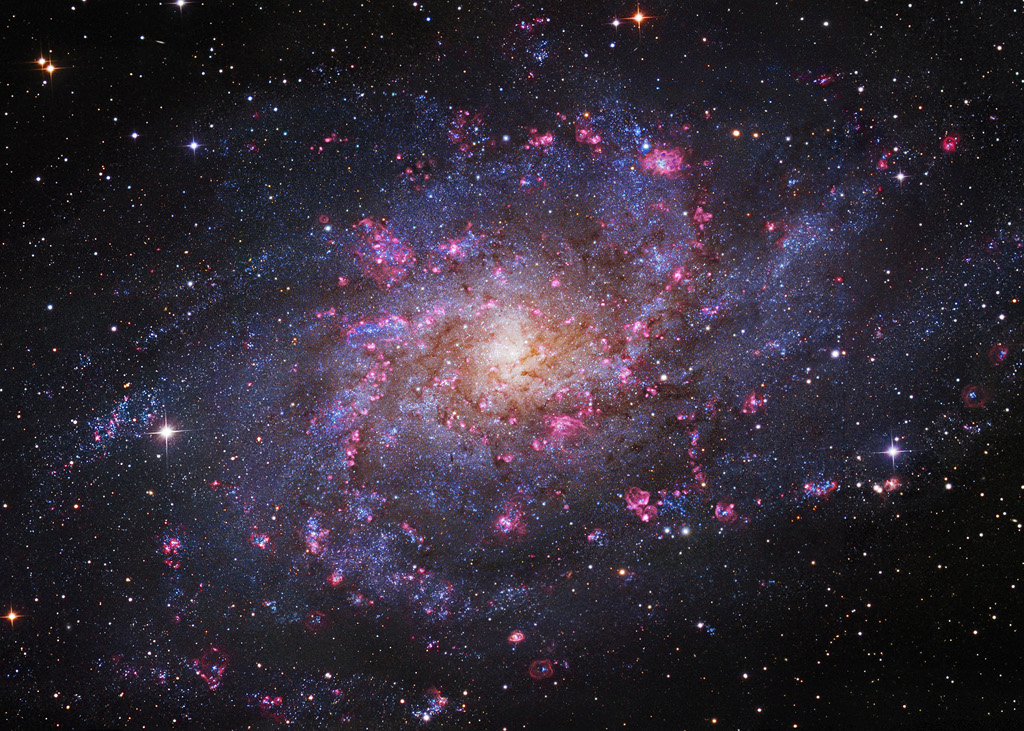
Space Launch System Mock Up Arrives at Kennedy for Testing

Astronaut Nick Hague Soaks Up Views of Earth
